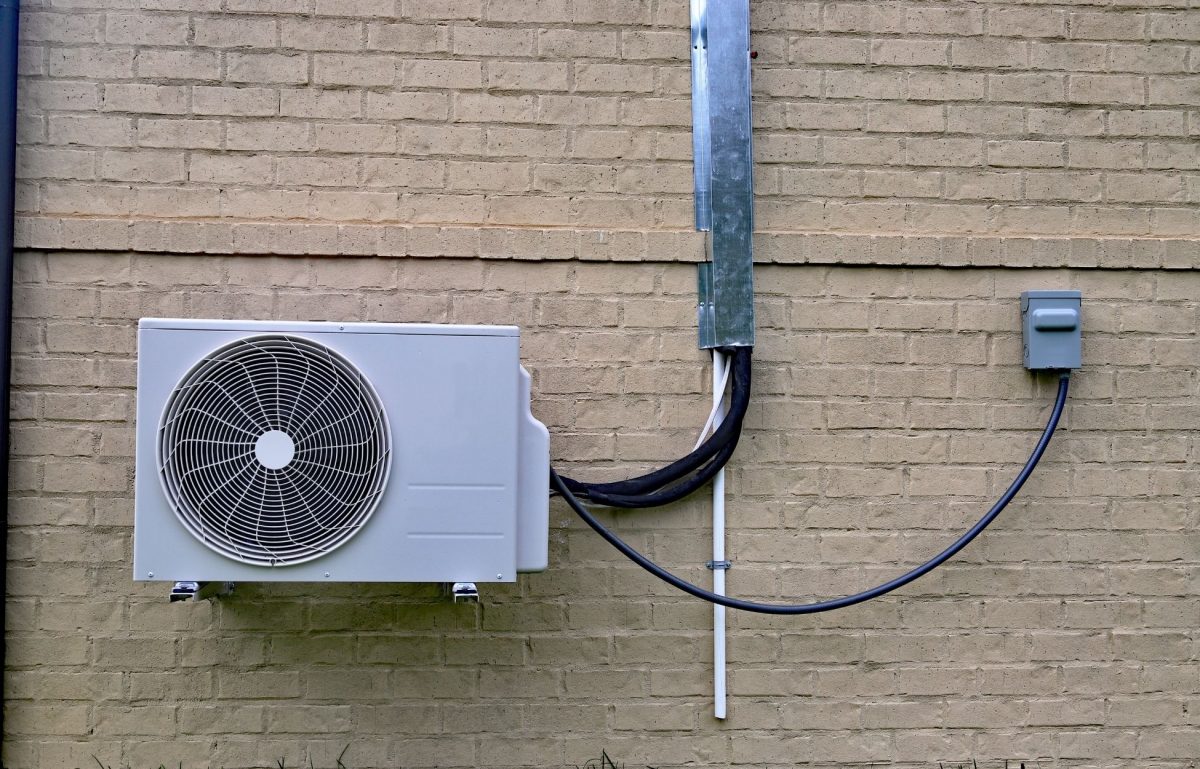With summer here and winter on the horizon, it pays to learn how to heat and cool your home. This is especially true since both seasons bring on a slew of problems, including power outages, heat flares, and blizzards. Luckily for you, there are ways to improve your house’s ability to retain cold and heat during the summer and winter months. Here are a few top principles of heating and cooling your home.
Check for Air Leaks
To retain both hot and cool temperatures in your home, the first thing you should do is check for any air leaks. There’s nothing worse than the air conditioner or furnace working overtime. Whenever you find air leaks, add some caulk them if they’re small. If they’re large, you should get professional assistance. Regardless, hot and cool air escape rapidly if you don’t seal these holes and cracks.
Check or Upgrade Your Insulation
Insulation is a crucial factor in keeping the temperatures level at your home during the extreme seasons. For many homes, the insulation isn’t up to par, which leads to temperatures climbing or falling rapidly, regardless of whether cracks are sealed. Fiberglass is the most popular form of insulation, especially for older homes. However, fiberglass can cause irritation in the eyes, lungs, and throat. Foam insulation is relatively new and well-known for its ability to reach the nooks and crannies that fiberglass can’t cover. Plus, there are many options to choose from.
Measure Your Home’s Square Footage
Measuring the square footage for both your house and individual rooms is the first step to knowing what type of furnace and air conditioner you need and how many BTUs it must have. The math can be a little complicated, but luckily, there are BTU calculators online. All you need to do is measure your home and each room, and you’ll get a rough estimate as to how strong you’ll need your HVAC system to be. This is a key principle in heating and cooling your home.
By following these steps, you’ll learn how to make your home more comfortable no matter the season or weather conditions. It’s our hope that you’ll use these principles in the months to come.













